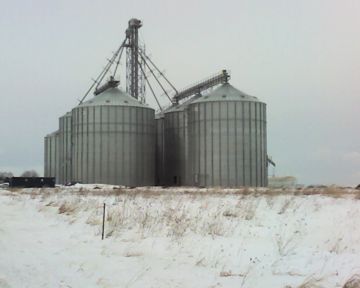
For those of you following the budgie saga, here’s a new development.
The blue budgie who’s been visiting my backyard feeder since last Monday has shown improvement in the past week. She’s gotten better at flying and is well fed enough that she doesn’t spend all day with her beak in the trough.
She’s expanding her range (I saw her foraging at the end of my street) and she feels good enough to be bossy about my feeder (it’s hers now).
Budgie is still less attuned to danger than the wild birds and tends to hang out with their fledglings. They ask each other if there’s any reason to be worried about danger. None of them can think of a reason so they sit and wonder why all the other birds have left.
Under the circumstances Budgie’s life is likely to be pretty short in the wild, so many of you posted suggestions on how to capture her. I liked the idea of hanging a bird cage in place of the feeder. Voila! Veronica Snyder loaned me a bird cage and offered to take Budgie if I can capture her.
When I brought the bird cage home, Budgie was perched on a branch above the feeder. I talked to her as I brought the cage to the base of the tree and she watched with interest as I prepared to hang it. I had to take the feeder down and it involved some banging – so she flew – but I was encouraged that she was trusting enough to stay and watch as long as she did.
Now that the cage has replaced the feeder I’ve seen several birds fly by wondering how to get to the seed inside. I think budgie will be the first to figure it out. Will I be there to see it? Will she let me close the door? Stay tuned for details.
(photo of “the Budgie trap” by Kate St. John)

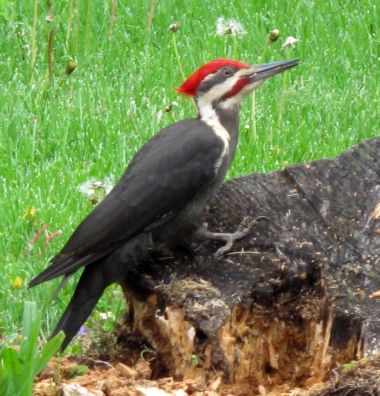
 Everything is connected to everything else. What happens when one part gets damaged?
Everything is connected to everything else. What happens when one part gets damaged?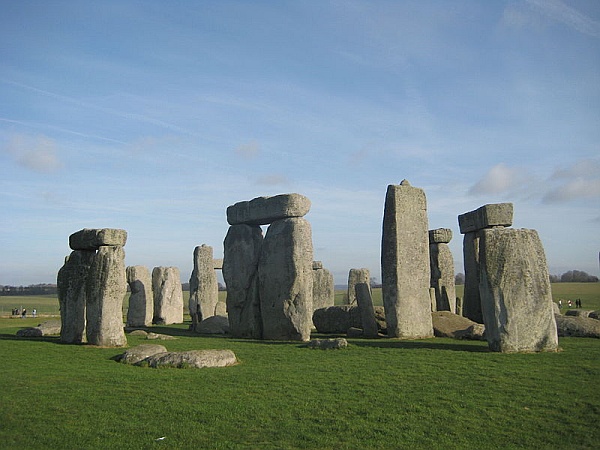
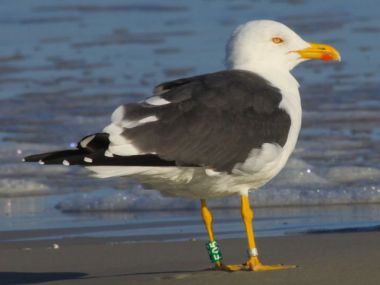 Pictured here is another Life Bird I saw in Florida last month – a
Pictured here is another Life Bird I saw in Florida last month – a 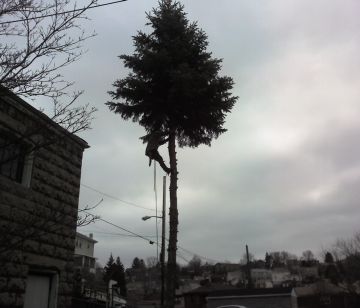 On Saturday I heard the sound of buzz saws. I never like that sound. It means a tree is coming down.
On Saturday I heard the sound of buzz saws. I never like that sound. It means a tree is coming down.